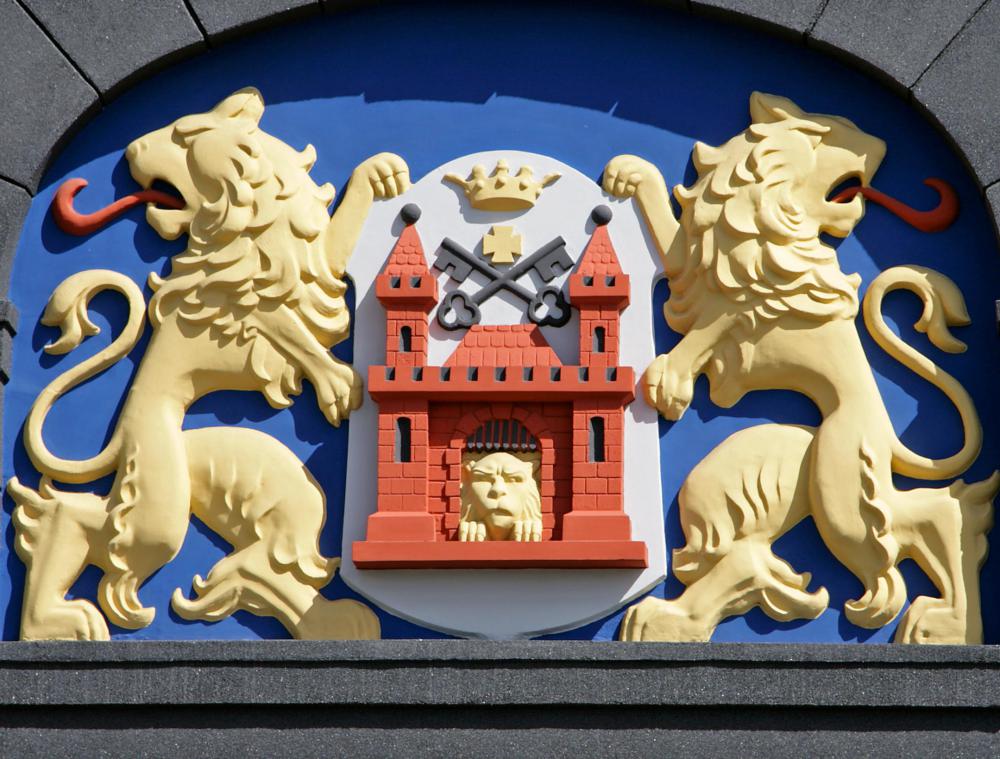At HomeQuestionsAnswered, we're committed to delivering accurate, trustworthy information. Our expert-authored content is rigorously fact-checked and sourced from credible authorities. Discover how we uphold the highest standards in providing you with reliable knowledge.
What Are the Characteristics of Renaissance Furniture?
Characteristics of Renaissance furniture show a shift from Gothic design influences of geometry and foliage themes to images from the Bible, mythology, and history. Renaissance furniture reflected a renewed interest in the arts by the wealthy, with ornate carving on chairs, table legs, and cabinets adorned with figurines. This era in history was inspired by Greek and Roman ideals.
Renaissance furniture first appeared in Italy, where craftsmen began adorning their work with ornamental scenes taken from art and an evolving interest in science. Religion and Christianity might be represented by carved panels inspired by churches and palaces. Early pieces of Renaissance furniture focused on tastes of the wealthy and were not considered suitable for common domestic use.

Artisans from other European countries traveled to Italy to learn the emerging style of furniture building, beginning in the 14th century. French artists copied Italian designs but refined the style by carving intricate patterns on drawers and cabinet panels. The French craftsmen continued to incorporate Gothic foliage designs in Renaissance furniture. Chairs became larger and more ornate with high, richly carved backs.

Dutch furniture builders began using ebony and other wood in place of the traditional oak during the Renaissance period. The Flemish Renaissance furniture during the 17th century saw a shift from the Italian influence into more original designs. Tables commonly took a rectangular form, with scrolling on the legs. Artists began using marble or mosaic designs on table tops. Upholstery emerged, with silk, tapestry, or leather seats appearing on chairs.
The Tudor style and Elizabethan furniture of England also evolved during the 17th century. English furniture builders combined Gothic influences with images from mythology and Christianity. During the reign of Elizabeth I, knobs were added to the legs of furniture, along with the design of massive, four-poster beds known as Elizabethan beds. Decorative cornices and richly carved posts typically graced these beds. Furniture during this period began appearing with carved shields, family crests, or coats of arms to recognize family ancestry.
Historians identify the Renaissance era as the period between the 14th and 17th centuries. This era in history accompanied wide changes in education and culture inspired by art, literature, and religion. The Renaissance era bridged the period between the Middle Ages and modern times. One of the most famous artists during this time was Leonardo da Vinci, who became known as a renaissance man.
AS FEATURED ON:
AS FEATURED ON:












Discuss this Article
Post your comments